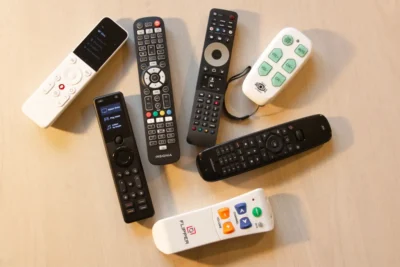Star Flash is a universal remote control standard because we have too many proprietary remote controls

Too often you have a TV or device where the remote has been lost or broken and there is no easy replacement, or you end up having 5 or 6 different remote controls on the sitting room table. Why, when we have been standardising on USB chargers for many years now?
This is not about having a universal remote control like Harmony used to make (see it is an old problem), but rather having a standard work across the devices that need to be controlled by a single universal remote control.
The standard requires remote controls to allow voice control, and to use one of three means of wireless comms: Bluetooth, infra-red, and Star Flash. This standard reportedly detects which device a user wants to control, makes the connection, and eases the chore of directing a stream from a set-top box to a display.
Device-makers have been told that televisions and set-top boxes must support the standard, and they’ve quickly complied: local media report that Chinese consumer electronics outfit Konka has already delivered the first Smart TV capable of handling the universal remote.
Sometimes a simple idea can make a massive difference to consumers, and this one has been needed a long time ago already.
See https://www.theregister.com/2024/12/16/china_starflash_universal_remotes_standard
#Blog, #openstandards, #remotecontrol, #technology
